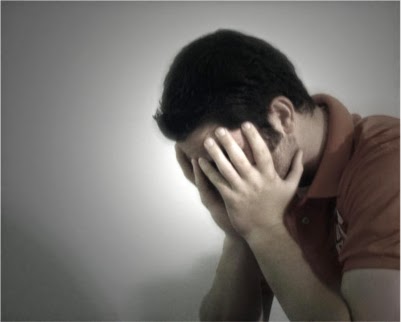 |
| Ho'oponopono |
Hawaiian historians documented a belief
that illness was caused by breaking spiritual laws and atonement was needed for
this transgression. A Kahuna, healing priest, would assist by praying for forgiveness
from the gods or from the person injured. Ho'oponopono is such a tradition.
It is a Hawaiian
word where no’o makes a noun into a verb, like “to”, and pono meaning “goodness,
uprightness, morality, moral qualities, correct or proper procedure,
excellence, well-being, prosperity”. So Ho'oponopono
is "to put to rights; to put in order or shape, correct, revise, adjust,
amend, regulate, arrange, rectify”. It is
an ancient Hawaiian practice of reconciliation and
forgiveness.
Others have written that hoʻoponopono
is all about getting to the State of Zero, where there are zero limits, no
memories no identity. To reach this state,
you must repeat this mantra over and over again, "I love you. I'm sorry.
Please forgive me. Thank you."
This praying or meditation is about
taking responsibility for everyone's actions, not only your
own. If one takes full responsibility for all actions, feelings, events,
thoughts all around them, the focus of the problem would not be lie outside with their external reality,
it would be within themselves. Thus by healing
yourself, you can heal others. We often hear, “to change our reality, we would
have to change ourselves.” Getting to the zero state is that goal. This is
forgiveness on the grandest scale.
So what makes the zero state so important? The etymology of zero comes from French zéro or from
Venetian zero, which goes to the Italian zefiro from Arabic صفر, ṣafira and symbolizes
"it was empty", ṣifr = "zero", "nothing". "How can nothing, as symbolized by zero,
be something?"
 |
| Emptiness |
Zero is the pivotal point around which many things
circulate. It is the empty set. It is the state of all possibility. The Dalai
Lama says you must realize the emptiness of inherent existence before you may
go on to higher levels; those of the subtlest form, innate mind of clear light where all "energy and mental processes
are withdrawn or dissolved", so that all that what appears to the mind is
"pure emptiness". Emptiness is “the creative Void”. It is the
state of complete receptivity and perfect enlightenment, the merging of the
"ego with its own essence", which Buddhists call the "clear light".
Taoism says this state of emptiness creates stillness and placidity that is the "mirror of the universe". In the Tao Te Ching, emptiness is related to the "Tao, the Great Principle, the Creator and Sustainer of everything in the universe". This still mind is that of the sage and it becomes the “mirror of heaven and earth, the glass of all things” and the "pure mind"; heaven on earth.
"ego with its own essence", which Buddhists call the "clear light".
Taoism says this state of emptiness creates stillness and placidity that is the "mirror of the universe". In the Tao Te Ching, emptiness is related to the "Tao, the Great Principle, the Creator and Sustainer of everything in the universe". This still mind is that of the sage and it becomes the “mirror of heaven and earth, the glass of all things” and the "pure mind"; heaven on earth.
Through forgiveness and the state of zero, you can reach the
empty set of all possibility and create heaven on earth, enlightenment,
nirvana. Isn’t that what the Passion Play, the story of Easter, is all
about? Clearing the slate clean of past wrong
doing; atonement, resurrection; “that He
was buried; that He rose to life again on the third day in accordance with the
Scriptures” and generated a world of all possibility?


